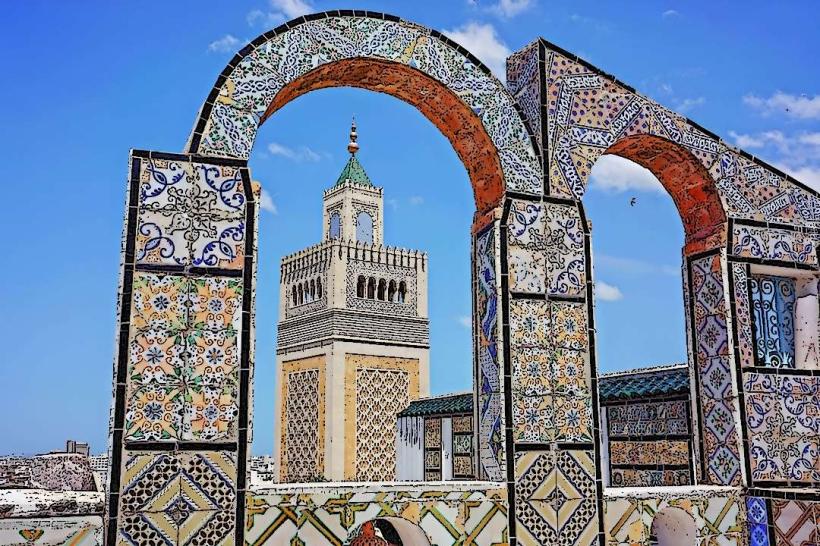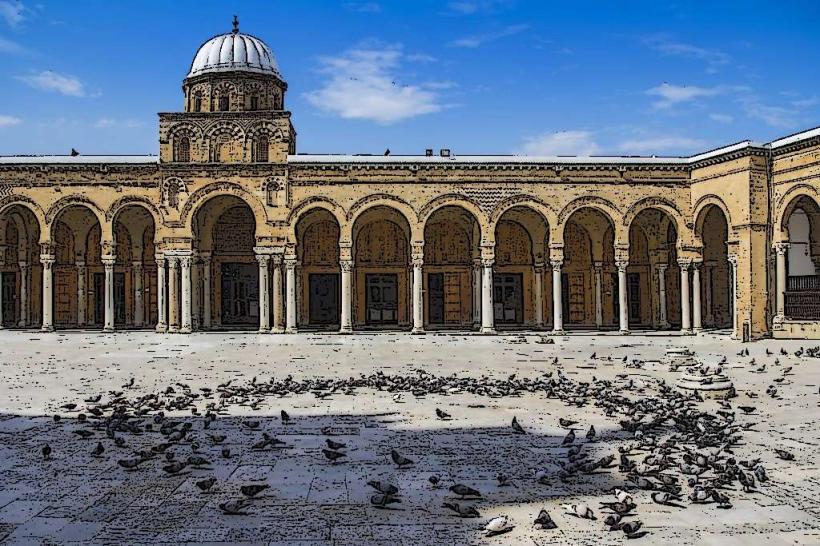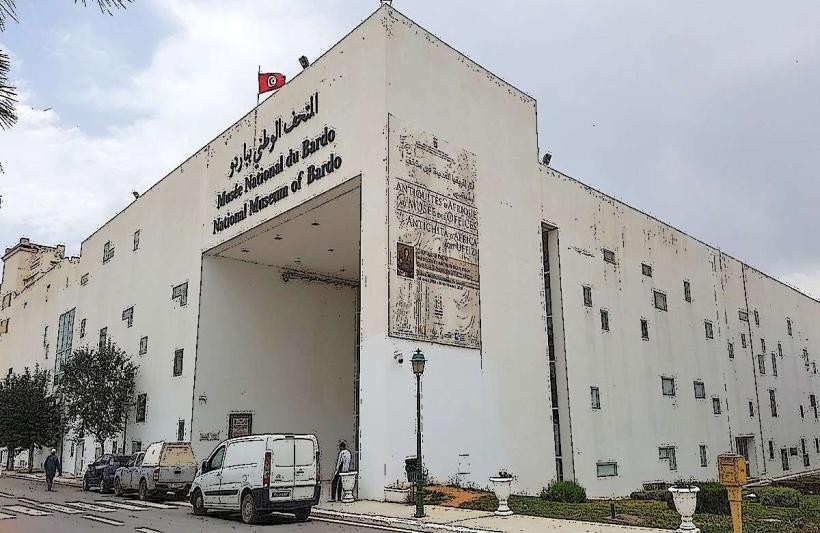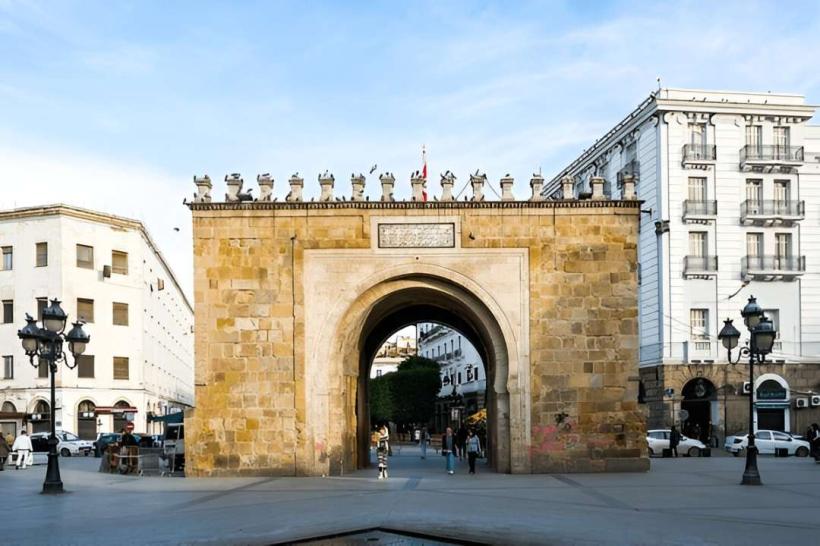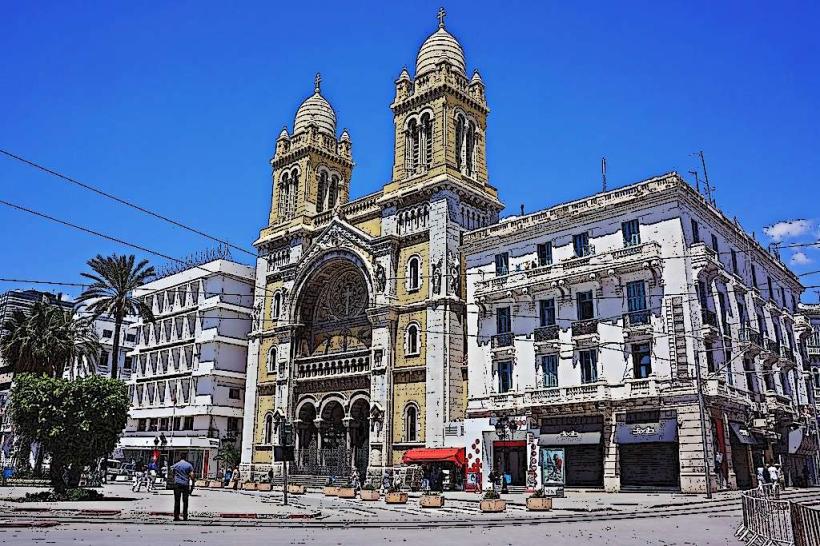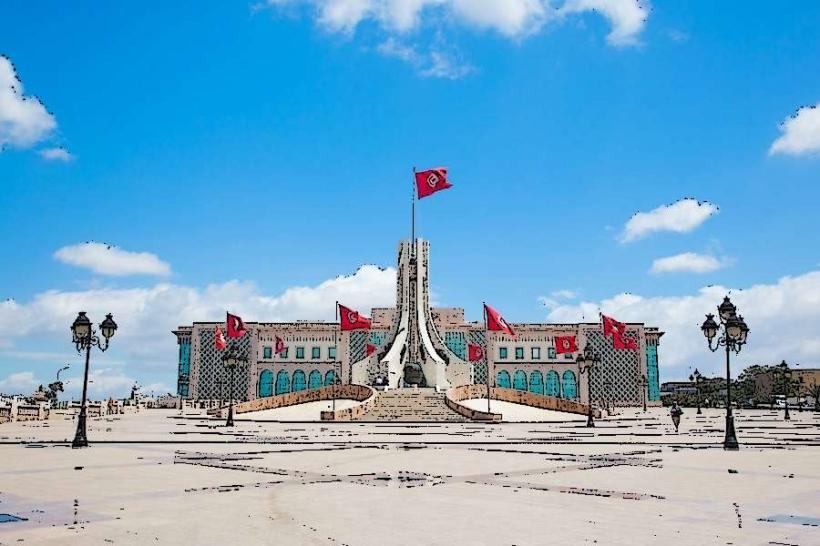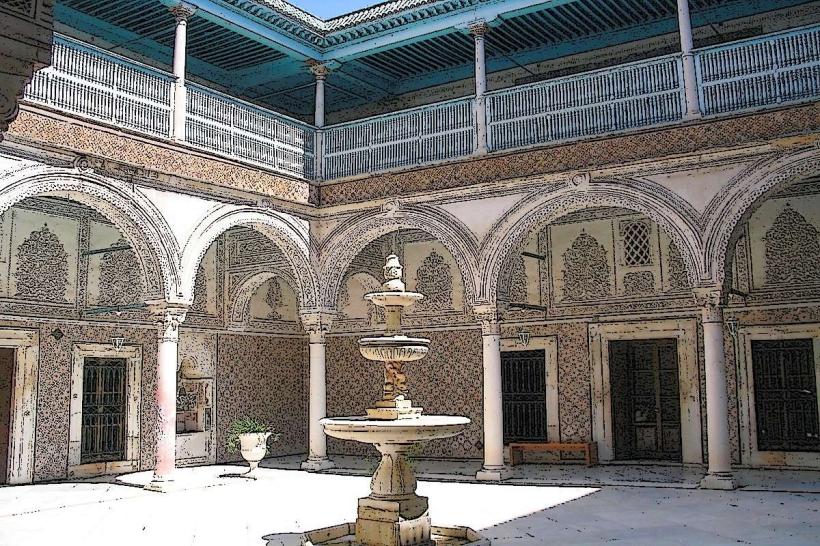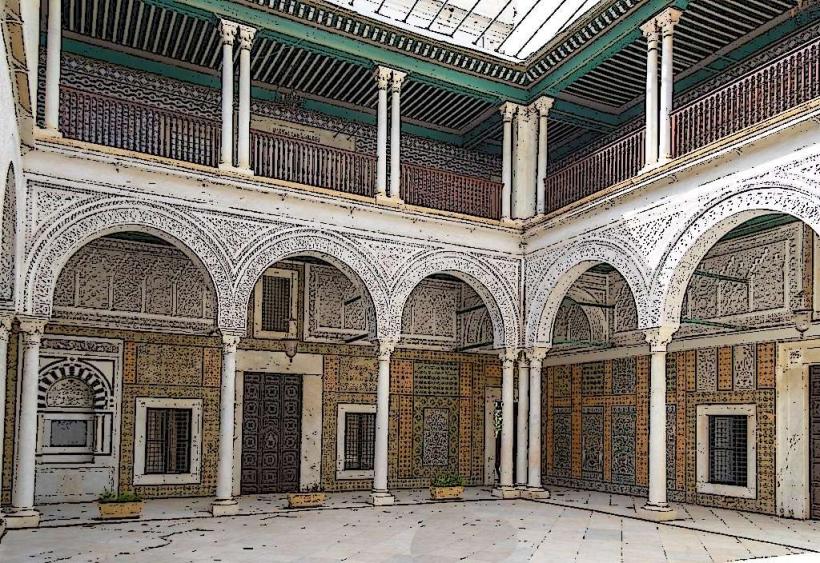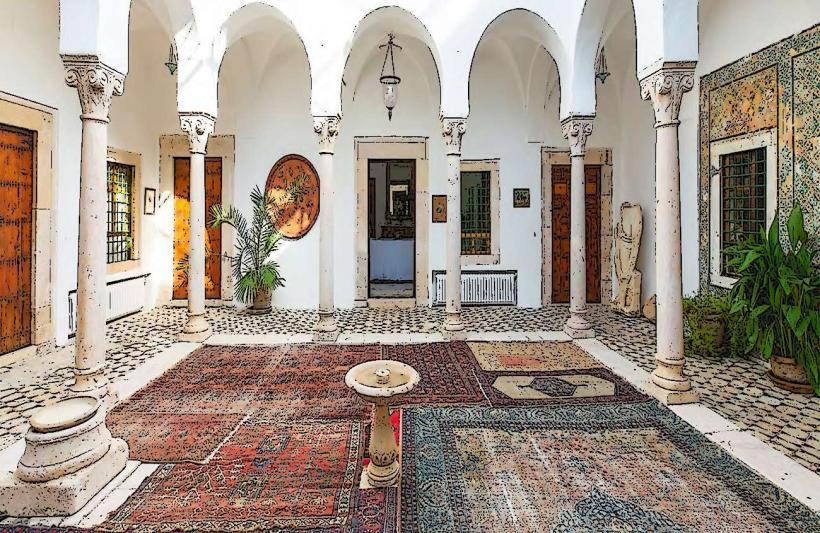Information
Landmark: Avenue Habib BourguibaCity: Tunis
Country: Tunisia
Continent: Africa
Avenue Habib Bourguiba, Tunis, Tunisia, Africa
Avenue Habib Bourguiba is the most famous and iconic boulevard in Tunis, the capital of Tunisia. It is often described as the "spine" of the city, not only because of its central location but also due to its profound historical, political, and cultural significance.
Here is a detailed overview:
Historical Background
During the French Protectorate (1881–1956), the avenue was created as part of the colonial urban plan to establish a modern European-style city adjacent to the ancient medina of Tunis.
It was originally called "Avenue de la Marine" because it connected the medina (near Bab el Bhar) with the port area.
Later, it was renamed "Avenue Jules Ferry" in honor of the French statesman.
After Tunisia achieved independence in 1956, the avenue was renamed Avenue Habib Bourguiba, in honor of Habib Bourguiba, Tunisia’s first President and leader of the independence movement.
Urban and Architectural Features
The avenue is a broad, tree-lined boulevard stretching from Place de la Victoire (Victory Square, near Bab el Bhar) to Lake Tunis.
It is designed in the style of French boulevards, with wide sidewalks shaded by ficus trees and a broad central median often adorned with sculptures, fountains, and public art.
Cafés, boutiques, cinemas, bookstores, banks, and hotels line both sides of the avenue, giving it a vibrant, cosmopolitan atmosphere.
Notable for its blend of French colonial architecture and modernist buildings, many of which date back to the early 20th century.
Important Landmarks along Avenue Habib Bourguiba
Cathedral of St. Vincent de Paul
A major Catholic cathedral built in the late 19th century, showcasing Romanesque and Moorish architectural elements.
Municipal Theatre of Tunis
A beautiful Art Nouveau building opened in 1902, one of the premier venues for performing arts in Tunisia.
It hosts concerts, operas, plays, and festivals.
French Embassy
Housed in a grand, fortress-like building near Place de l’Indépendance, it is heavily guarded and symbolizes Tunisia’s colonial past.
Place de l’Indépendance (Independence Square)
A central public square featuring statues, fountains, and serving as a symbolic center of national pride.
The Clock Tower
At the western end of the avenue, near the intersection with Avenue Mohammed V, stands a modern clock tower, built after the 1987 political change that brought President Ben Ali to power.
It has since become a recognizable landmark of modern Tunis.
Cultural and Social Importance
Avenue Habib Bourguiba has historically been a center of intellectual, cultural, and political life.
It is often compared to Paris's Champs-Élysées because of its lively cafes, stylish shops, and European ambiance.
In the 20th century, it was frequented by artists, writers, and intellectuals, many of whom gathered in the famous cafés such as Café de Paris and Café l’Univers.
It has also been a major stage for political demonstrations, most notably during the Tunisian Revolution of 2010–2011.
Massive protests were held along the avenue, leading to the ousting of President Ben Ali and inspiring the wider Arab Spring.
After the revolution, Avenue Habib Bourguiba became a powerful symbol of freedom, resistance, and democracy.
Modern Context
Today, Avenue Habib Bourguiba remains a dynamic and bustling artery of Tunisian life.
It continues to host public gatherings, celebrations, and political demonstrations.
Renovations and beautification projects have sought to preserve its historic charm while enhancing its modern appeal.
It is a must-visit location for tourists and locals alike, offering a unique blend of history, culture, shopping, and urban vibrancy.
Notable Aspects
Center of National Life: Few places in Tunisia have been as central to political, social, and cultural events as this avenue.
Architectural Blend: The mixture of colonial and modernist architecture tells the story of Tunisia’s evolution over the last century.
Living Symbol: It serves both as a major commercial hub and a symbolic space for public voice and national identity.
Avenue Habib Bourguiba is much more than just a street; it is the living heart of Tunis, where history, modernity, struggle, and daily life all meet.

